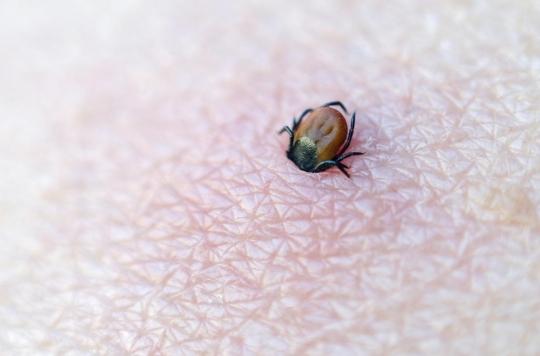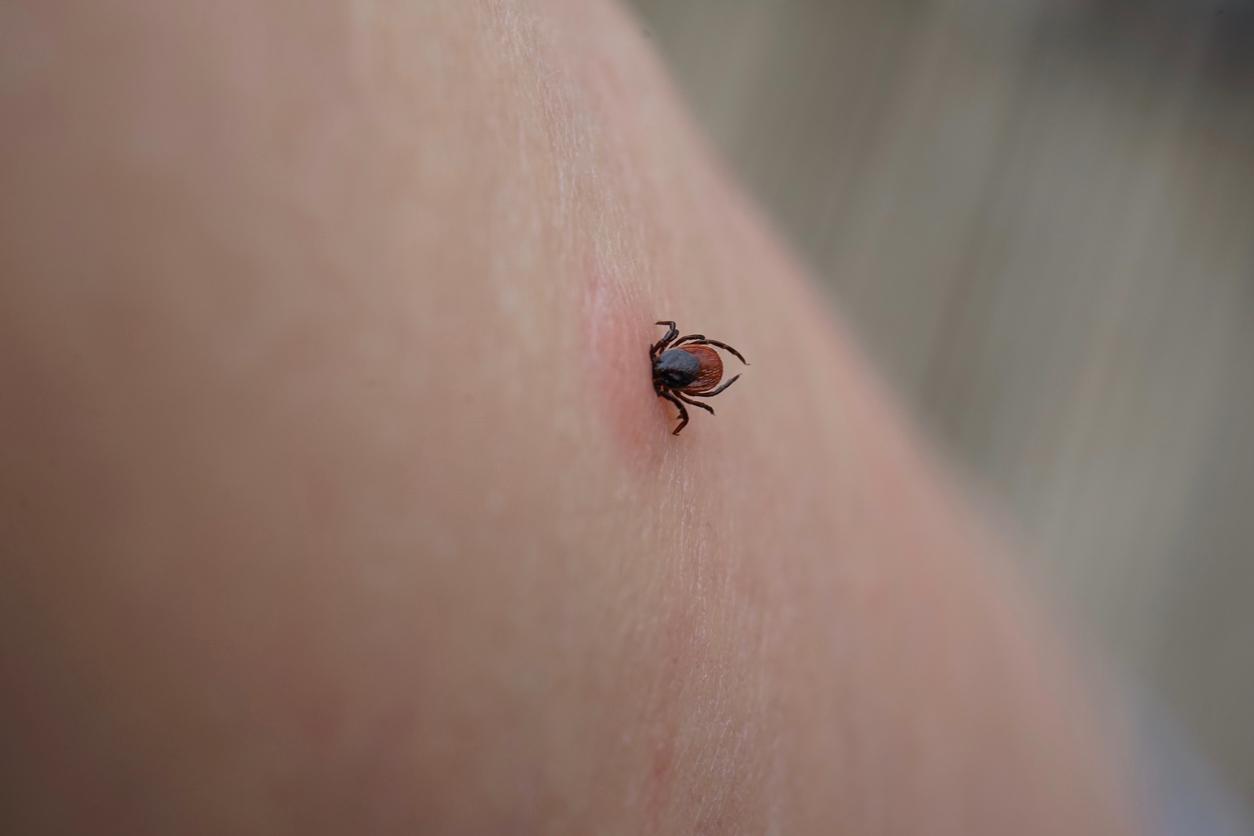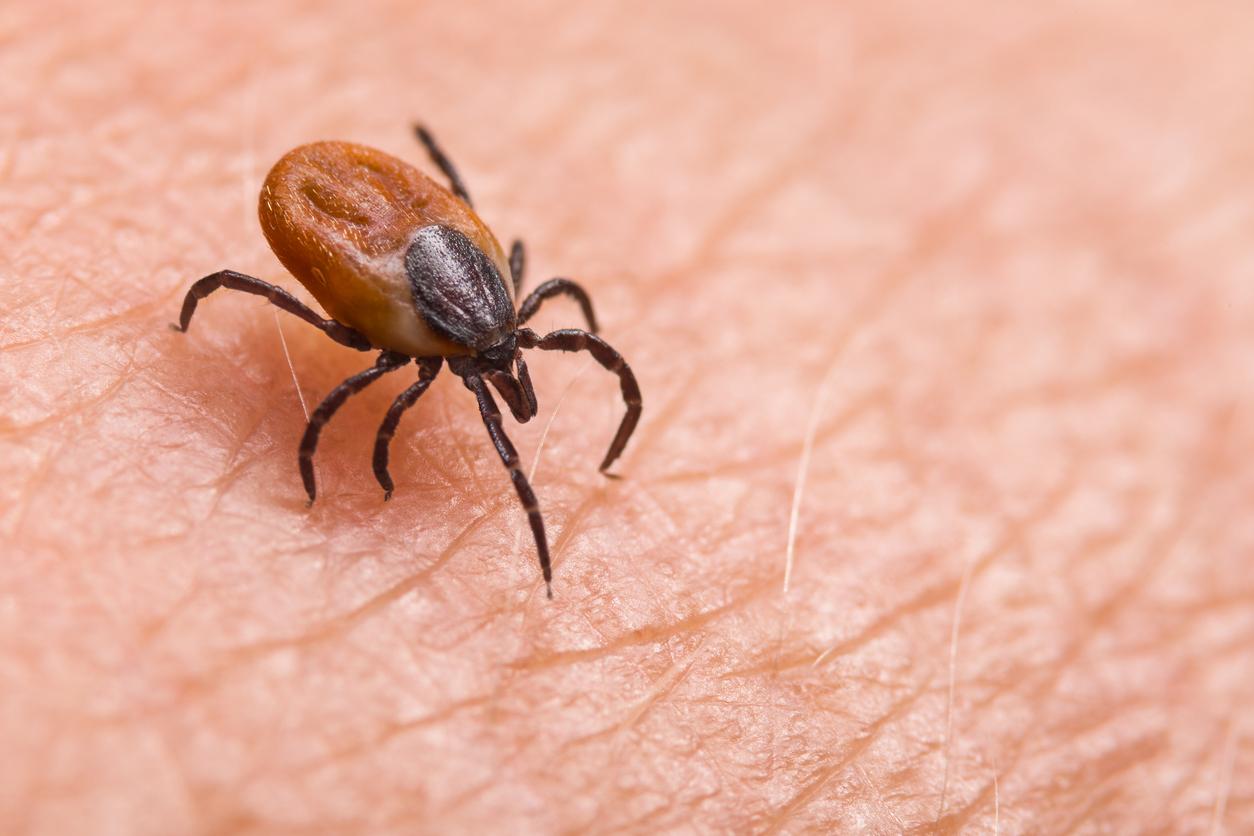Called PGLYRP1, this protein would help protect against infection by the bacteria transmitted by ticks and responsible for Lyme disease. A discovery that could help to better diagnose and treat this pathology.

- Peptidoglycan Recognition Protein 1 stimulates the immune system, which has the effect of blocking infection by the bacterium B. burgdorferi, which causes Lyme disease.
Infectious vector-borne disease transmitted by the bite of a tick, which delivers the bacteria to its host Borrelia burgdorferi, Lyme disease has long remained poorly understood and therefore underdiagnosed. Work carried out in recent years has shown that the infection can appear within 30 days after the bite, first in the form of a red, round plaque which extends in a circle (erythema migrans) from the area of the sting. The lesion of the skin can be accompanied by muscle and joint pain, or fever. With early treatment, it disappears in a few weeks to a few months but can, if left untreated, lead to neurological and cardiac disorders, as well as facial paralysis.
A new study, conducted by a team of researchers from Yale University, could however lead to a better diagnosis, and therefore to better chances of treatment for Lyme disease.
A shield protein against infection
In the review PLOS Pathogensthey explain that after expressing more than 1,000 human genes in yeast and analyzing their interactions with 36 samples of B. burgdorferi, they managed to identify a protein that acts as an early warning signal for the immune system when exposed to the bacteria. Called Peptidoglycan Recognition Protein 1 (PGLYRP1), this protein would prevent the host from being infected by the bacteria.
Tested on mice, PGLYRP1 proved to be effective in stimulating the immune system, which was then able to fight infection more effectively. Mice that lacked PGLYRP1 had much higher levels of B. burgdorferias well as signs of dysfunction of their immune system.
“Boosting people’s ability to make more of this protein could help fight infection”says Erol Fikrig, of Yale, professor of medicine, epidemiology (microbial diseases) and microbial pathogenesis, who co-authored the study.
The next stage of work will investigate whether people with high levels of PGLYRP1 might be less likely to be infected with B. burgdorferiwhich would help explain why some infected people have better outcomes.

.















